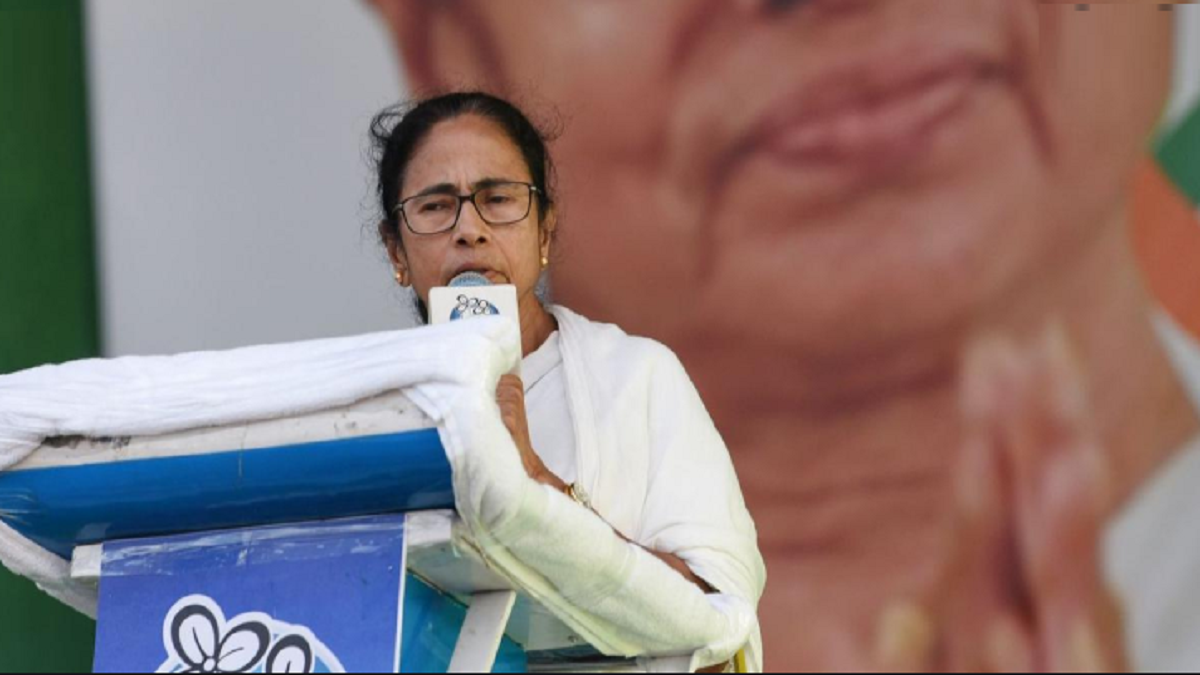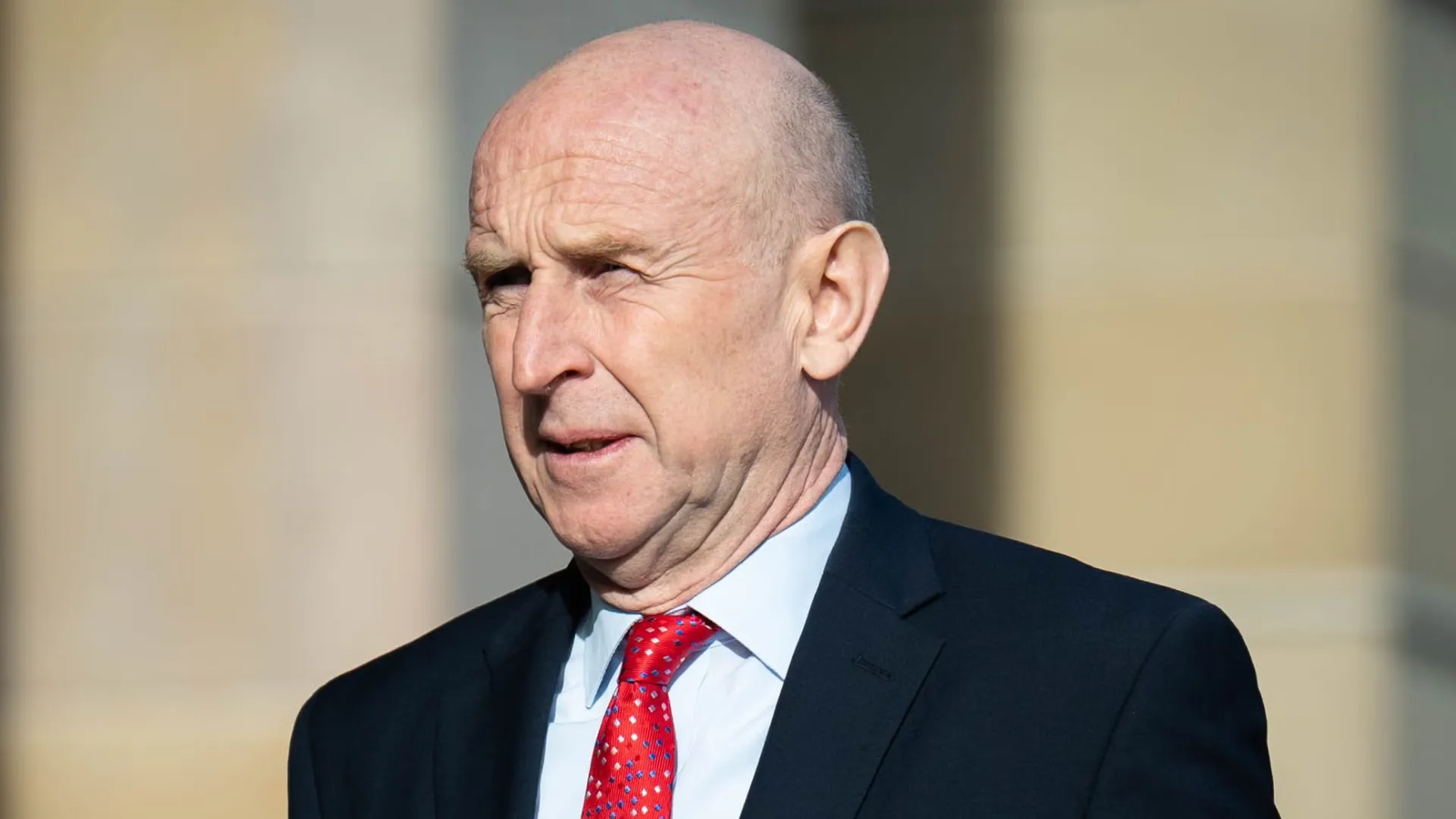Bengal is back in the news and once again for all the wrong reasons. The death of a Bharatiya Janata Party MLA, Debendra Nath Roy—found hanging in an alleged case of murder—should serve as a reminder to the fact that the state is headed for elections in less than a year, in March-April 2021 to be precise. This incident is likely to be the “curtain raiser” to the violence that is bound to sweep through Bengal’s landscape in the runup to the elections. A quick look at events in the last couple of years gives enough indications of the way things are headed. After all, this is a state where in the panchayat elections in 2018, violence was the weapon that was used to ensure that Opposition candidates could not file even their nominations in a large number of seats. This is a state where the run-up to the Lok Sabha elections was bloody, and the actual process of voting was marred by major violence, even though voting was spread over several phases. The results came as a rude shock to the ruling Trinamool Congress (TMC) as it barely managed to win half of the state’s Lok Sabha seats. The aftermath of the results was pockmarked with gruesome incidents of murder and mayhem. Political violence is in the DNA of Bengal, and also of Kerala, perhaps because of the strong hold communism has had in these two states. And there is no denying that communism’s history is blood-soaked—it killed at least 100 million people in 100 years of its existence. Lest we forget, it was Bengal that birthed the ultra left and violent Naxal (Maoist) movement in the late 1960s, early 1970s. 35 years of Left rule in the state exacerbated the situation, with the comrades becoming synonymous with the Sainbari killings and the Marichjhapi massacre, to name just two, and finally the Nandigram deaths that tipped the balance against them, leading to their downfall. Once Mamata Banerjee came to power, riding the winds of poribartan (change), it was expected that violence would be exorcised from the state’s veins. It didn’t happen.
It couldn’t happen, considering most of the thugs who had become the face of the Left on the ground migrated to the dispensation that replaced the communists. Violence had lost its ideological moorings during the Left rule itself and had morphed into sheer criminality. Also, it was not possible for the new dispensation to uproot the Left without a bloody turf war and that took its toll on Bengal’s politics. Over the years, a bad situation has become worse, with corruption, criminality and communal violence keeping the pot boiling. It’s Bengal that is suffering in the process, with all round degeneration setting in. At present, there is immense anti-incumbency against Mamata Banerjee’s government. Add to this the immense resentment over the way she is handling the coronavirus crisis and the BJP believes that it is within striking distance of power next year—notwithstanding its ramshackle state apparatus and a lack of a Chief Ministerial face to counter the feisty street fighter that Mamata Banerjee is. The TMC knows that it’s a do or die battle ahead. If it loses, it loses a lot. The BJP too is learning that the path to power in this state is paved with blood. A “new” turf war has started. So corona pandemic or no pandemic, lockdown or no lockdown, in the next few months in Bengal, there will be blood. It’s the Wild East after all.























